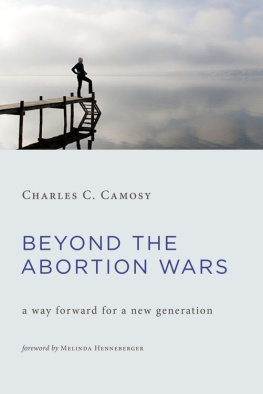THE ABORTION DEBATE IN THE UNITED STATES AND CANADA
GARLAND REFERENCE LIBRARY OF SOCIAL SCIENCE
(VOL. 648)
THE ABORTION DEBATE IN THE UNITED STATES AND CANADA
A Source Book
Maureen Muldoon
First published 1991 by Garland Publishing, Inc.
Published 2021 by Routledge
2 Park Square, Milton Park, Abingdon, Oxon OX14 4RN
605 Third Avenue, New York, NY 10017
Routledge is an imprint of the Taylor & Francis Group, an informa business
1991 Maureen Muldoon
All rights reserved. No part of this book may be reprinted or reproduced or utilised in any form or by any electronic, mechanical, or other means, now known or hereafter invented, including photocopying and recording, or in any information storage or retrieval system, without permission in writing from the publishers.
Notice:
Product or corporate names may be trademarks or registered trademarks, and are used only for identification and explanation without intent to infringe.
Library of Congress Cataloging-in-Publication Data
Muldoon, Maureen.
The abortion debate in the United States and Canada : a source book / Maureen Muldoon.
p. cm. (Garland reference library of social science ; vol. 648)
Contents: Includes bibliographical references and index.
ISBN 0-8240-5260-9 (alk. paper)
1. AbortionUnited StatesHistorySources. 2. Abortion CanadaHistorySources. 3. Pro-choice movementUnited States HistorySources. 4. Pro-choice movementCanadaHistory Sources. 5. Pro-life movementUnited StatesHistorySources. 6. Pro-life movementCanadaHistorySources. I. Title.
II. Series.
HQ767.5.U5M85 1991
ISBN 13: 978-0-8240-5260-7 (hbk)
For
Roger Hutchinson
Errata, 93 ff.
The statement of The United Synagogue of America has been inadvertently omitted. It can be obtained from their office, 155 Fifth Avenue, New York, New York 10010-6802. The Womens League for Conservative Judaism (48 East 74th Street, New York, New York 10021) is an independent autonomous organization, whose 1976 and 1982 resolutions are presented. The 1975 and 1985 conference resolutions of The Rabbinical Assembly (3080 Broadway Avenue, New York, New York 10027), also a distinct organization, are included as well.
Contents
Chapter 1
Demographics, Sociological Research and Opinions
Chapter 2
Philosophical Perspectives on Abortion
Chapter 3
The Positions of the Religious Denominations
Chapter 4
The Advocates and Advocacy Groups
Chapter 5
Law and Politics
TABLES
I would like to thank those who gave permission to reproduce material for this book. These are: Congressional Quarterly Inc., 1414 22nd Street N.W., Washington, D.C.; Sociological Abstracts, P.O. Box 22206, San Diego, CA 92122-0206; Gallup Canada, Inc., 180 Bloor Street West, Toronto, Ontario M5S 2V6; and Gallup, USA.
I would especially like to thank Stanley Henshaw and the Guttmacher Institute, 111 Fifth Avenue, New York, New York 10003, for making available the Tables which appear in Chapter One.
Also, I would like to thank all of the organizations and religious demoninations who responded to my request for their statements on abortion. I hope that this source book will further the dialogue on this important issue.
I am deeply grateful to the many people who helped in the completion of this book. My family, friends and colleagues have been supportive, as they have been in all my endeavors. Bill Jackson, Joan Magee and Tad Venkateswarlu of the Leddy Library, University of Windsor, were very helpful in locating material. Wendy Sullivan, Christine Charlebois, Victoria Kett and Ethel Smith provided excellent secretarial support. Dr. Norm King helped in numerous ways, especially in terms of his computer skills. Most importantly, I thank him for his friendship.
Over the last twenty-five years or so, the debate on abortion has not moved any closer to resolution in either the United States or Canada. The courts, the legislatures, the pulpits, the classrooms, the hospitals and clinics and the media have provided the forums for this on-going struggle. Two groups of activists have dominated the debate. The opponents of abortion, who are referred to as anti-abortion or pro-life, advocate restrictive policies on abortion while the pro-choice groups direct their attempts to creating a permissive policy that allows a woman to make her own decision. The anti-abortion advocates and the pro-choice advocates alike have learned the skills and developed the strategies to advance their own positions. Whatever legal and public policy gains are made by one side are often countered by moves from their opponents.
There is available a vast amount of material related to the topic of abortion. The genre of the literature varies from academic journal articles to impassioned newsletters and pamphlets with an unambiguous point of view. From the extensive and diverse literature, this book draws a collection of relevant materials primarily representing aspects of the sociological, philosophical, religious and legal aspects of the abortion issue. Its purpose is to serve as a source bode for those interested in seeing how the abortion debate has been conducted within the recent past. The book also serves as a reference work for further study.
DEFINITION OF ABORTION
There are various definitions of the term abortion. A common definition designates as an abortion any termination of pregnancy, beginning from the moment that the ovum is fertilized. If this definition is used, then certain forms of contraception, such as the interuterine devices, are considered to be abortifacient, because they help prevent implantation. However, other definitions are employed as well. The authors of Induced Abortion: A World Review, for example, describe an abortion as the termination of pregnancy after implantation of the blastocyst in the endometrium and before the fetus has obtained viability. Viability is reached when the fetus is capable of surviving, with appropriate life support, in an independent extrauterine life.1
There are two major categories of abortions. Induced abortions are those initiated voluntarily with the intention of terminating the pregnancy. All other abortions are called spontaneous, even when they result from causes such as injury or fever. Often, the term miscarriage is used to refer to spontaneous abortions.
THE ABORTION DEBATE IN THE UNITED STATES AND CANADA
In trying to grapple with many of the questions that arise with regard to abortion, it is important to be aware of certain basic facts: who gets abortions, what are their ages and marital status, where are abortions performed, how many are performed and what is the risk to the pregnant woman of morbidity or death. The first section of , using the statistics compiled by the Guttmacher Institute, presents much of the demographic information regarding the practice of abortion in recent years in the United States and Canada.
also covers recent research on the sociological aspects of abortion. The studies of these researchers cover a wide range of exploration into the social determinants of attitudes and practices regarding abortion. These include such factors as the perspectives of women undergoing prenatal diagnosis, the outlooks of mothers of congenitally impaired children, and perceptions of motherhood. Other research examines an illegal abortion collective and the bombing of abortion clinics.


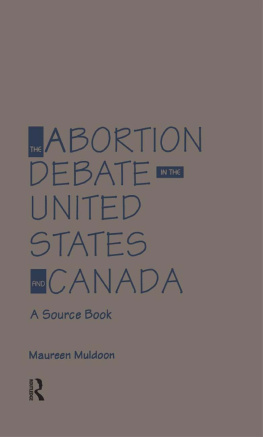
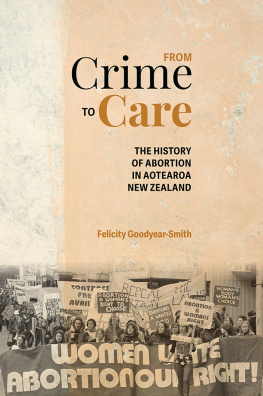
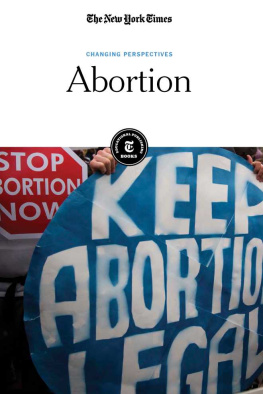

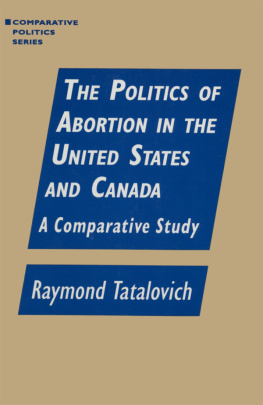

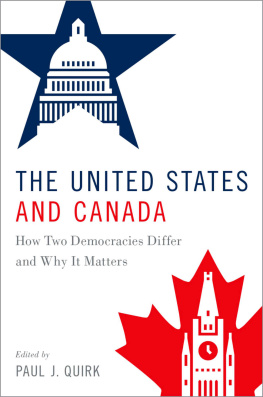
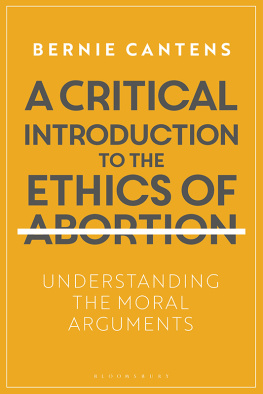
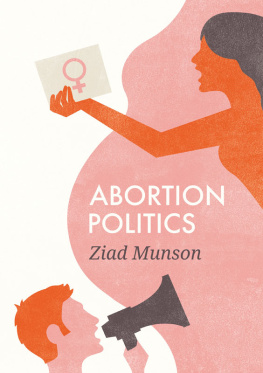
![Paul Muldoon [Paul Muldoon] - Poems 1968-1998](/uploads/posts/book/83661/thumbs/paul-muldoon-paul-muldoon-poems-1968-1998.jpg)

